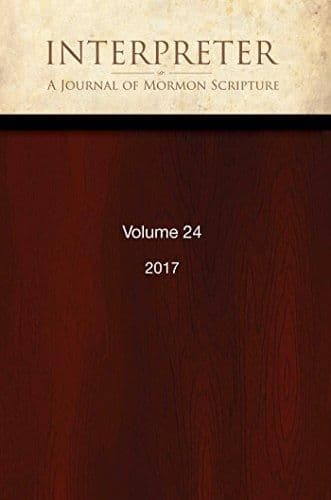Journal
A Passover Setting for Lehi’s Exodus

Title
A Passover Setting for Lehi’s Exodus
Publication Type
Journal Article
Year of Publication
2020
Authors
Bradley, Don (Primary)
Journal
Interpreter: A Journal of Latter-day Saint Faith and Scholarship
Pagination
119-142
Volume
34
Abstract
Later in his life, former Palmyra resident Fayette Lapham recounted with sharp detail an 1830 interview he conducted with Joseph Smith Sr. about the coming forth of the Book of Mormon. Among the details he reports that Lehi’s exodus from Jerusalem occurred during a “great feast.” This detail, not found in the published Book of Mormon, may reveal some of what Joseph Sr. knew from the lost 116 pages. By examining the small plates account of this narrative in 1 Nephi 1−5, we see not only that such a feast was possible, but that Lehi’s exodus and Nephi’s quest for the brass plates occurred at Passover. This Passover setting helps explain why Nephi killed Laban and other distinctive features of Lehi’s exodus. Read in its Passover context, the story of Lehi is not just the story of one man’s deliverance, but of the deliverance of humankind by the Lamb of God. The Passover setting in which it begins illuminates the meaning of the Book of Mormon as a whole.
Subject Keywords
Bibliographic Citation
Terms of use
Items in the BMC Archive are made publicly available for non-commercial, private use. Inclusion within the BMC Archive does not imply endorsement. Items do not represent the official views of The Church of Jesus Christ of Latter-day Saints or of Book of Mormon Central.